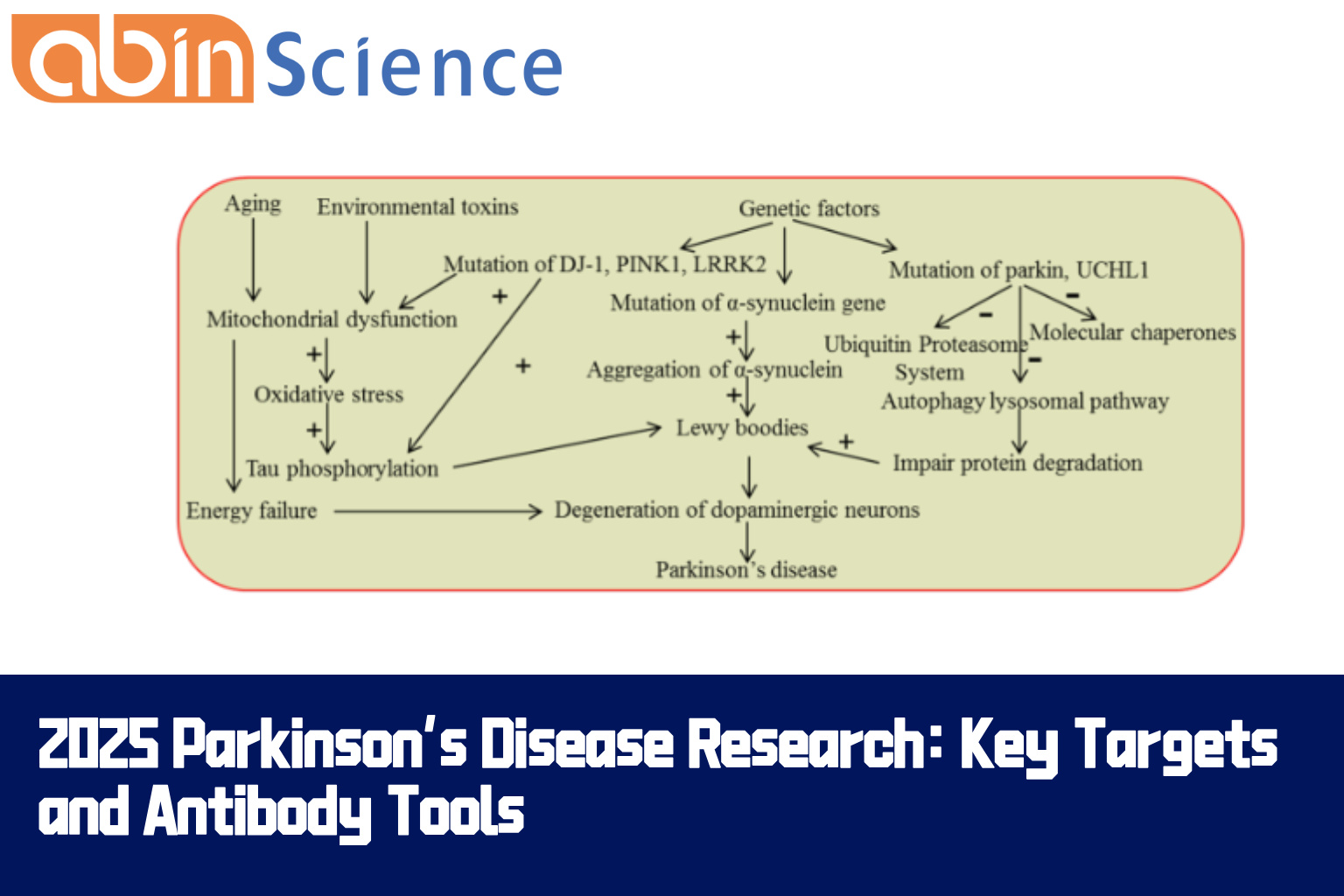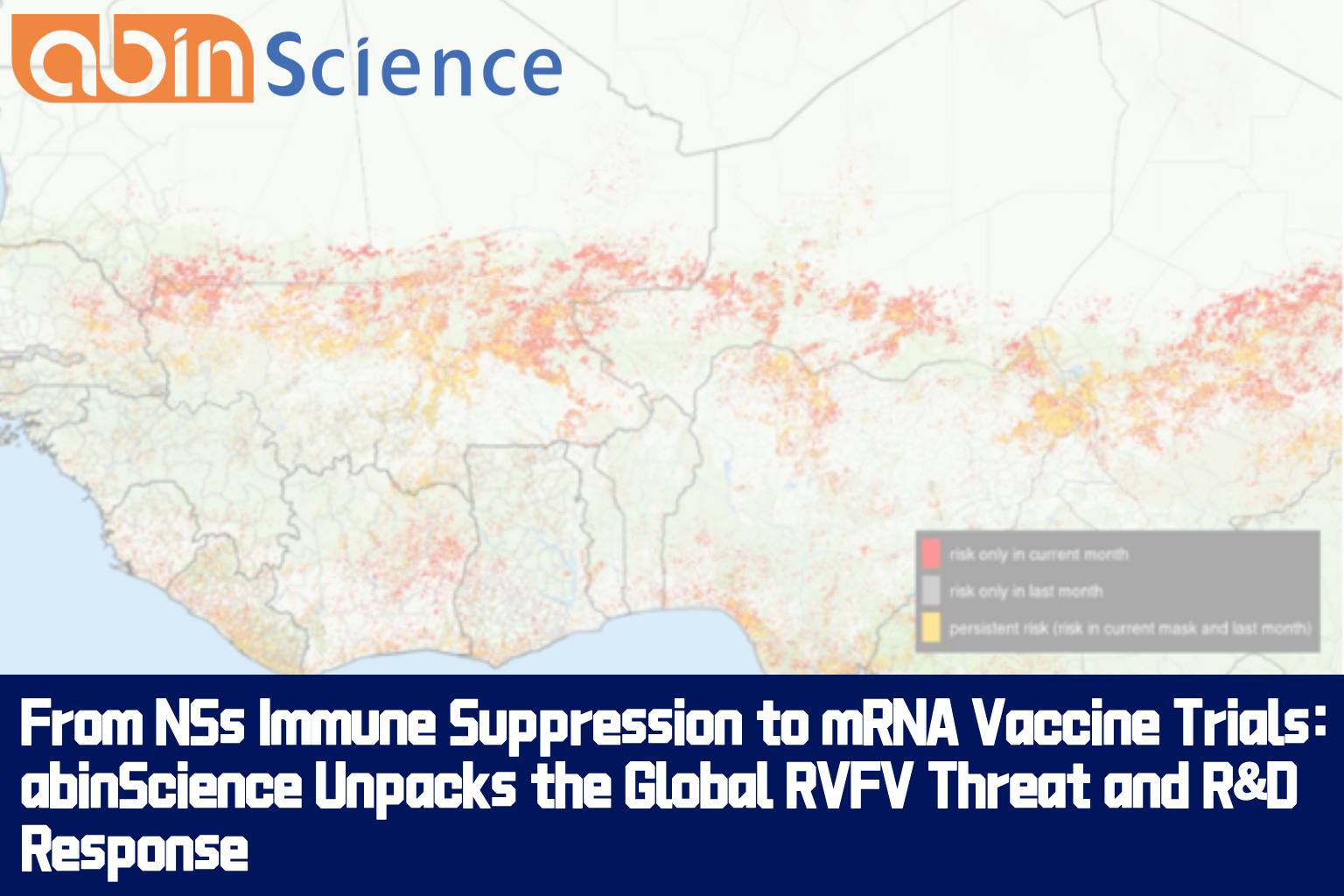
- Home
- Products
-
Featured Products
- Bacteria & Viruses related products
- Bacteria
- Parasite
- Treponema Pallidum (TP)
- Adeno-associated virus (AAV)
- Bovine Viral Diarrhea Virus (BVDV)
- Chikungunya Virus (CHIKV)
- Canine Parvovirus Type 2 (CPV-2)
- Coxsackievirus (CV)
- Chandipura Virus (CHPV)
- Dengue Virus (DENV)
- Enterovirus 71 (EV71)
- Foot-and-mouth Disease Virus (FMDV)
- Human Respiratory Syncytial Virus (HRSV)
- Adenovirus (AdV)
- Human Immunodeficiency Virus (HIV)
- More……
- Neuroscience
- Alzheimer's disease
- Parkinson's disease
- Amyotrophic Lateral Sclerosis
- Huntington’s disease
- Neuropathic Pain
- Multiple Sclerosis
- Major Depressive Disorder
- Schizophrenia
- Bipolar Disorder
- Autism Spectrum Disorder
- Ischemic Stroke
- TBI / Spinal Cord Injury
- Epilepsy
- Migraine
- Fibromyalgia / Chronic Widespread Pain
- More……
- Therapeutic Targets
- DNA/RNA Research Antibodies
- Polyethylene glycol (PEG) antibodies
- Biotoxin Antibodies
- Autoimmune Diseases
- MHC Complex
- TACAs Antibodies
- Allergens and Antibodies
- Lipopolysaccharide (LPS) Antibodies
- Model Organism
- Anti-Drug Antibodies
- Bacteria & Viruses related products
- Support
- Information
- About Us
- Promotion Center
 中文
中文 English
English




























